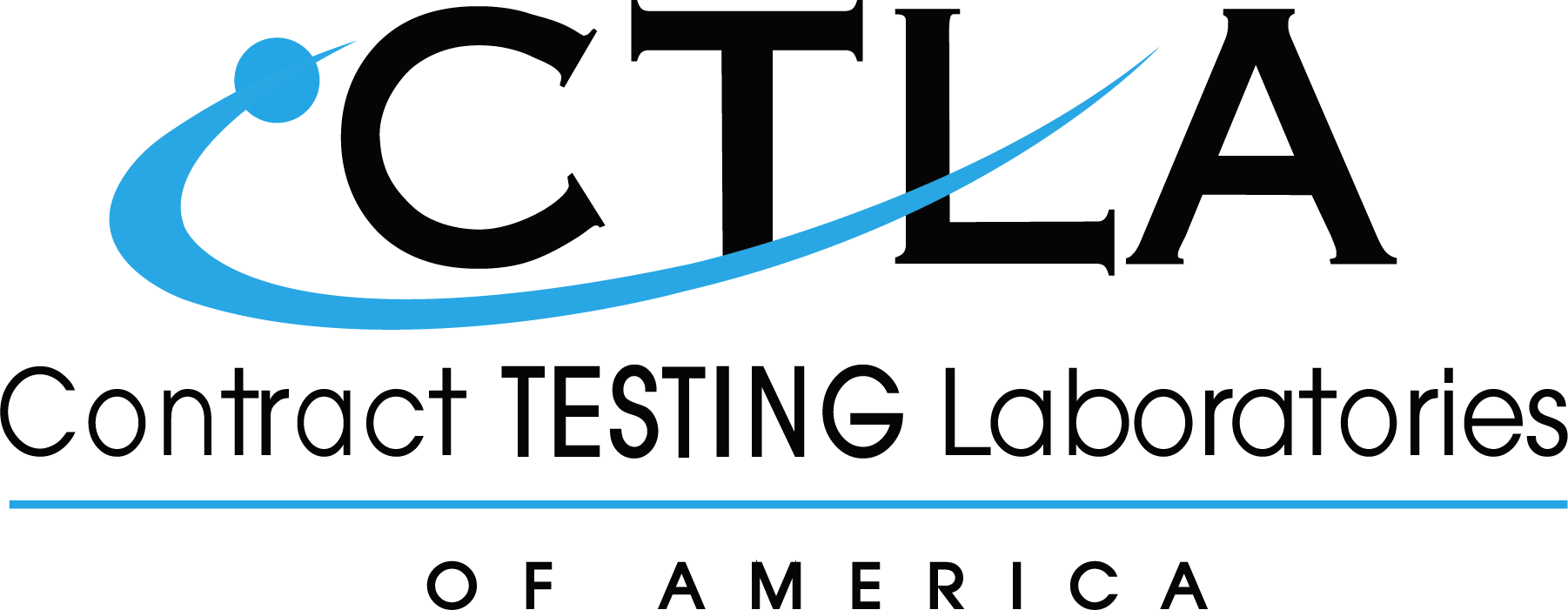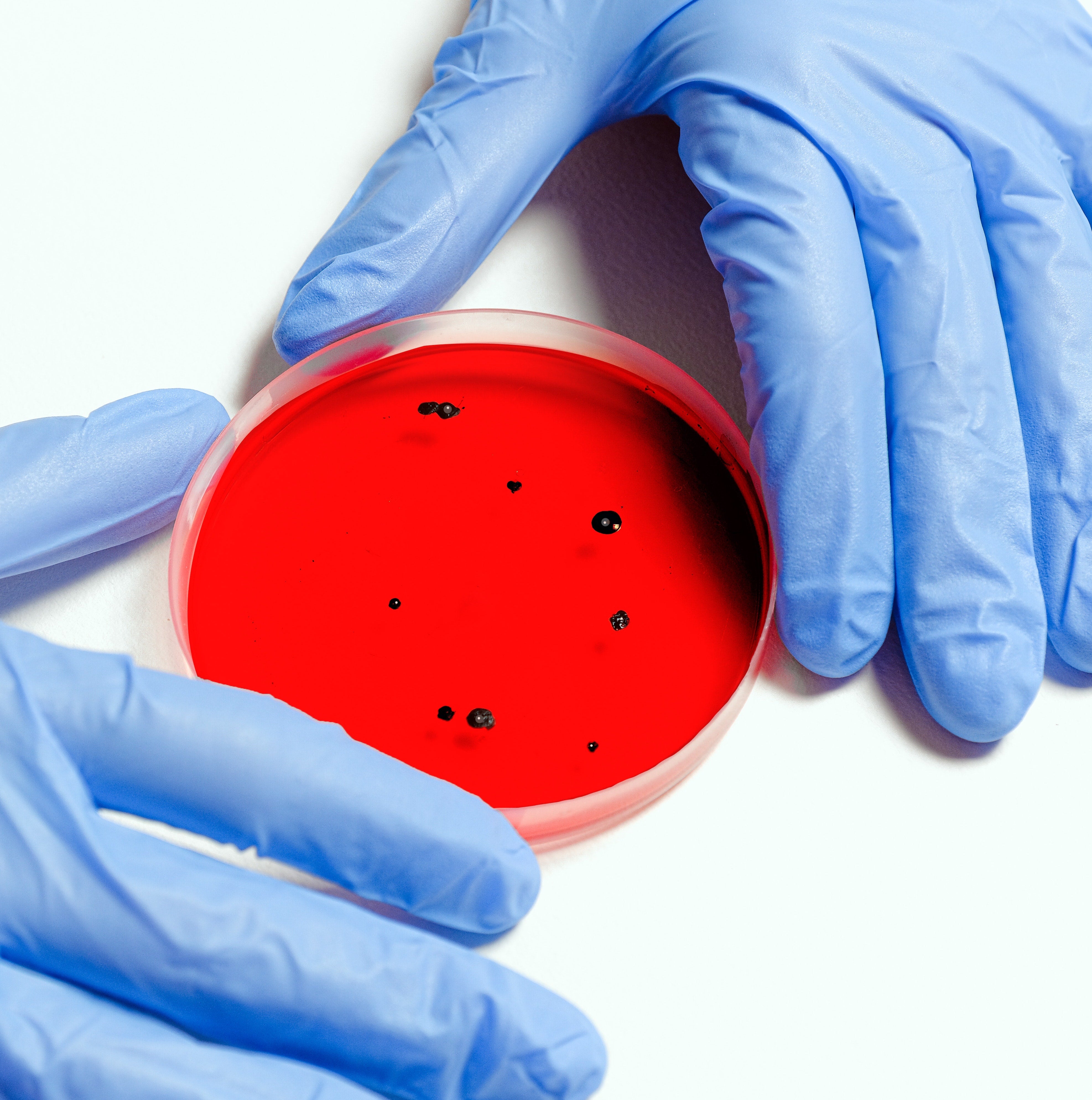
Mineral & Heavy Metal Tests
Some minerals/metals are considered essential. However, toxic heavy metals can cause severe health problems.
CTLA provides essential mineral testing of the sixteen known major and trace minerals the body needs for optimum functioning. Our ICP Mineral Assay testing obtains all the information required for your food or supplements’ nutrition label.
We also test for heavy metals to ensure your food, supplement, or cosmetic meets the requirements of the United States Food and Drug Administration (FDA). Depending on agricultural growing and processing conditions, manufacturing, and environmental contaminants (past or current), your product may be subject to high levels of harmful metal exposure. Conducting heavy metal testing results in increased customer confidence and loyalty while avoiding expensive recalls.
CTLA Lab Tests
Mineral Testing
Using Inductively Coupled Plasma (ICP) testing, we decompose samples into their basic elements. Our test results detect all major and trace minerals required for good nutrition.
In the United States, the Food and Nutrition Board of the Institute of Medicine sets the daily Recommended Dietary Allowances (RDA). RDA is based on age and gender and set to meet the dietary nutritional needs of 97.5% of all healthy individuals.
Major Minerals
- Calcium is required strong bones and teeth, vascular blood pumping, muscle functioning, neurotransmission, hormone secretion, and inter-cell signaling. The RDA is 1,000 mg except for children ages 9-18 should get 1,300 mg and the elderly over 71 years old, 1,200 mg.
- Chloride is needed to keep body fluids in proper balance and is essential in stomach digestion. The RDA for ages 9-50 is 2.3 grams daily. Those younger or older should get less than 2.0 grams daily.
- Magnesium is a cofactor in over 300 enzyme systems. Magnesium helps regulate muscle and nerve function, protein synthesis, blood pressure, and blood glucose and is necessary for the energy production of Adenosine triphosphate (ATP). The RDA for males over 14 years is roughly 400 mg daily whereas females require less than 360 mg daily.
- Phosphorus plays key roles in intercellular ATP energy storage, gene transcription, normalization of pH in extracellular fluids, and activation of enzymes. It is a major component of teeth and bones. The RDA for children ages 9-18 is 1.25 grams daily. Younger children require less than 500 mg and people over 19 years, 700 mg.
- Potassium is responsible for maintaining intercellular fluid volume and moving nutrients across cell membranes. The RDA for adult males is 3.4 grams daily while adult females require 2.6 grams.
- Sodium helps keep electrolytes and intercellular fluids balanced and is important for proper nerve and muscle functioning. The RDA is less than 2.3 grams per day.
- Sulfur protects cells from damage, builds and repairs DNA, metabolizes food, contributes to skin, ligament, and tendon health. There is no RDA for sulfur.
Trace Minerals
- Chromium may play a role in carb, fat, and protein metabolism. The RDA is less than 35 mcg daily.
- Copper is involved in iron metabolism, energy production, neuropeptide activation, and neurotransmitter and connective tissue synthesis. The RDA is higher for pregnant or lactating women at 1.3 mg daily. For all other adults, the RDA is 0.9 mg daily.
- Fluoride stimulates new bone growth and protects teeth. The RDA for adult males is 4 mg daily and for females, 3 mg.
- Iodine influences metabolic activity, protein synthesis, and is an essential part of thyroid hormones. The RDA for adults is 150 mcg daily.
- Iron is responsible for transferring oxygen from the lungs to muscle tissue. Iron supports connective tissue, muscle metabolism, physical growth, cellular functioning, and neurological development. The RDA for adult women is 18 mg daily, pregnant women 27 mg, post-menopausal women, 8 mg. The RDA is 8 mg for males.
- Manganese is a cofactor for numerous enzymes responsible for carbohydrate, glucose, protein, and cholesterol metabolism, immune response, reproduction, and bone formation. The RDA for adult males is 2.3 mg and for adult females 1.8 mg.
- Molybdenum is a cofactor enzyme responsible for metabolizing sulfur-containing amino acids and other compounds responsible for metabolizing toxins and drugs. The RDA for adults is 45 mcg.
- Selenium plays a critical role in DNA synthesis, thyroid hormone metabolism, reproduction, and infection and oxidative damage protection. The RDA for both males and females over 14 years is 55 mcg.
- Zinc boosts the immune system and plays critical roles in protein and DNA synthesis, cell division, and wound healing. The RDA for most adults is 11 mg.
Types of Heavy Metal Tests
The levels of heavy metal in your food, supplement, or cosmetic must meet FDA guidelines to be determined safe for public use and prevent heavy metal toxicity. Heavy metals are any high-density metallic element that is toxic in low concentrations. The heavy metals tested at CTLA include:
- Arsenic contamination can come from volcanic eruptions, fracking, mining, coal-burning power plants, and arsenic-treated lumber or pesticides. Long-term exposure to arsenic is linked to various cancers. Short term exposure can cause numbing or tingling sensations in the hands and feet, nausea, vomiting, and bruising. The maximum amount of arsenic in drinking water and apple juice is set by the FDA at 10 parts per billion (ppb) and for infant rice cereal, 100 ppb.
- Cadmium is used in steel protective plating, to stabilize PVC, pigmentation in plastics and glass, and batteries. Ingesting cadmium may damage the kidney, liver, bones, cardiovascular and immune systems, and testes. The FDA has set the maximum cadmium content in food coloring to 15 parts per million (ppm).
- Lead: Over the years lead has been used in paint, plumbing, and gasoline. Most intentional use of lead in the US is now banned, but it can still be found in the soil or leached from past industrial uses. Lead poisoning is especially damaging to the developing brain and nervous system of infants, fetuses, and young children. The FDA set the maximum daily intake of lead at 3 mcg for children and 12.5 mcg for adults.
- Mercury is used in fluorescent lamps, medicine, the production of other chemicals, float valves, and liquid mirrors. Elemental or inorganic mercury can combine with carbon to become organic mercury.
Levels of organic mercury build in the aquatic food chain and can be consumed by eating fish or shellfish. Inorganic mercury is in the soil, air, and water and can contaminate crops. Consuming inorganic or organic mercury or applying inorganic mercury in cosmetics can cause neurological and kidney damage, skin rashes, and fetal developmental abnormalities.
The safety standard reference dose for organic mercury developed by the US National Research Council/Institute of Medicine is 0.1 mcg/kg body weight per day.
Contact CTLA Today
CTLA is ready to serve your every laboratory need for the safety and nutritional labeling of all food, supplements, and cosmetic products. Contact us today.
(CTLA is not a testing facility designed to perform medical testing. Please, do not send us a blood or urine sample. We do not perform blood or urine tests looking for lead exposure, lead poisoning, nor the need for chelation therapy.)
Article by Jae O. Haroldsen
The content of CTLA’s website is for information only, not advice or guarantee of outcome. Information is gathered and shared from reputable sources; however, CTLA is not responsible for errors or omissions in reporting or explanation. No individuals should use the information, resources or tools contained within to self-diagnosis or self-treat any health-related condition. CTLA gives no assurance or warranty regarding the accuracy, timeliness or applicability of the content.
Sources
“Metals and Your Food.” Food and Drug Administration. 2020. https://www.fda.gov/food/chemicals-metals-pesticides-food/metals-and-your-food“Precious Metals and Other Important Minerals for Health.” Harvard Health Publishing. 2018. https://www.health.harvard.edu/staying-healthy/precious-metals-and-other-important-minerals-for-health
“Calcium: Health Professional Fact Sheet.” National Institute of Health: Office of Dietary Supplements. 2020. https://ods.od.nih.gov/factsheets/Calcium-HealthProfessional/
“Chloride in Diet.” Mount Sinai. https://www.mountsinai.org/health-library/nutrition/chloride-in-diet
“Magnesium: Health Professionals Fact Sheet.” National Institute of Health: Office of Dietary Supplements. 2020. https://ods.od.nih.gov/factsheets/Magnesium-HealthProfessional/
“Phosphorus: Health Professionals Fact Sheet.” National Institute of Health: Office of Dietary Supplements. 2020. https://ods.od.nih.gov/factsheets/Phosphorus-HealthProfessional/
“Potassium: Health Professionals Fact Sheet.” National Institute of Health: Office of Dietary Supplements. 2020. https://ods.od.nih.gov/factsheets/Potassium-HealthProfessional/
“Sodium (Na) in Blood.” Michigan Medicine. https://www.uofmhealth.org/health-library/hw203476
“Sodium in Your Diet.” United States Food and Drug Administration. 2020. https://www.fda.gov/food/nutrition-education-resources-materials/sodium-your-diet
“Foods High in Sulfur.” WebMD. 2020. https://www.webmd.com/diet/foods-high-in-sulfur
“Chromium: Health Professionals Fact Sheet.” National Institute of Health: Office of Dietary Supplements. 2020. https://ods.od.nih.gov/factsheets/Chromium-HealthProfessional/
“Fluoride: Health Professionals Fact Sheet.” National Institute of Health: Office of Dietary Supplements. 2020. https://ods.od.nih.gov/factsheets/Fluoride-HealthProfessional/
“Iodine: Health Professionals Fact Sheet.” National Institute of Health: Office of Dietary Supplements. 2020. https://ods.od.nih.gov/factsheets/Iodine-HealthProfessional/
“Iron: Health Professionals Fact Sheet.” National Institute of Health: Office of Dietary Supplements. 2020. https://ods.od.nih.gov/factsheets/Iron-HealthProfessional/
“Manganese: Health Professionals Fact Sheet.” National Institute of Health: Office of Dietary Supplements. 2020. https://ods.od.nih.gov/factsheets/Manganese-HealthProfessional/
“Molybdenum: Health Professionals Fact Sheet.” National Institute of Health: Office of Dietary Supplements. 2020. https://ods.od.nih.gov/factsheets/Molybdenum-HealthProfessional/
“Selenium: Health Professionals Fact Sheet.” National Institute of Health: Office of Dietary Supplements. 2020. https://ods.od.nih.gov/factsheets/Selenium-HealthProfessional/
“Zinc: Health Professionals Fact Sheet.” National Institute of Health: Office of Dietary Supplements. 2020. https://ods.od.nih.gov/factsheets/Zinc-HealthProfessional/
“Arsenic in Food and Dietary Supplements.” Food and Drug Administration. 2020. https://www.fda.gov/food/metals-and-your-food/arsenic-food-and-dietary-supplements
“Cadmium Contamination of Food.” ExtoxNetFAQS. http://extoxnet.orst.edu/faqs/foodcon/cadmium.htm
“Lead in Food, Foodwares, and Dietary Supplements.” United States Food and Drug Administration. 2020. https://www.fda.gov/food/metals-and-your-food/lead-food-foodwares-and-dietary-supplements
Helmenstine, Anne Marie. “10 Interesting Facts About the Element Mercury.” ThoughtCo. 2020. https://www.thoughtco.com/mercury-element-facts-608433
“Mercury Fact Sheet.” Centers for Disease Control and Prevention. 2017. https://www.cdc.gov/biomonitoring/Mercury_FactSheet.html
- “The Safe or ‘Reference’ Dose.” Mercury and Fish: The Facts. 2016. http://mercuryfactsandfish.org/mercury-facts/the-safe-or-reference-dose/







